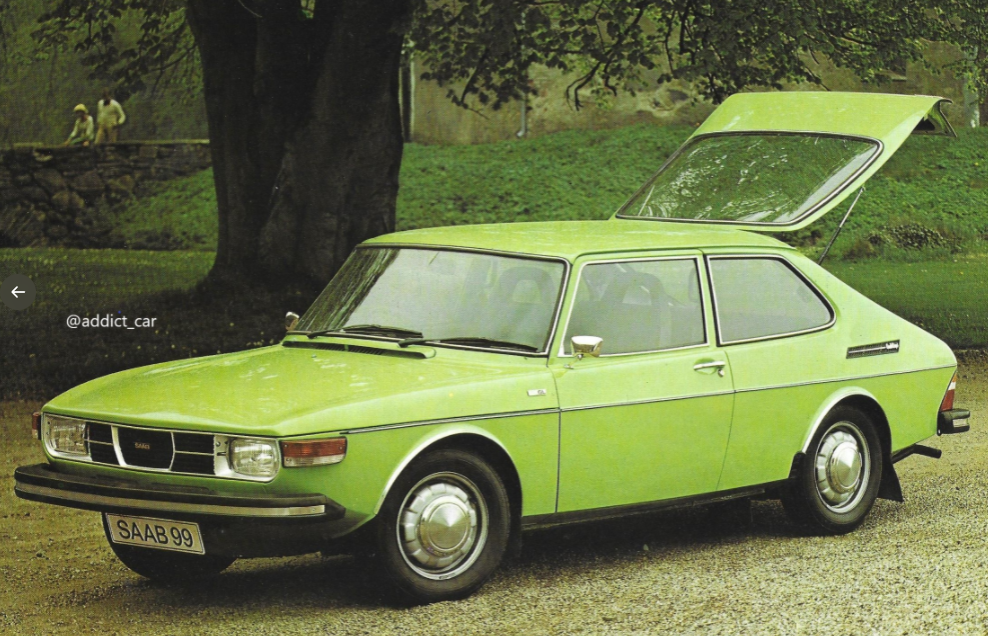1971-1977
In Spring 1971, companies visited the U of A campus in search of new EE grads. With Vietnam and the Cold War raging on, it was defense companies making the most attractive offers. I was about to accept an offer from MIT’s Lincoln Laboratory, but a boutique Silicon Valley defense contractor — Electromagnetic Systems Laboratories (ESL) — outbid them by throwing in full tuition for grad school at Stanford including time off with pay when attending!
After graduation, I arrived in Sunnyvale with my worldly possessions in a U-Haul behind my VW beetle. The photo shows me and my first wife, Susie, in front of a condo we’d just purchased in the crazy Bay Area housing market. In 1975 we had to camp outside a development sales office for 7 days and nights to buy our first tract home.
Finding a direction in direction-finding
At ESL I started work in the Antenna Department, designing antenna systems for radio direction-finding systems on reconnaissance aircraft. First, an accurate scale model of the aircraft was built from aluminum. Then, we fabricated working scale models of the antennas, often an inch or less in size, and mounted them. The finished model with antenna arrays was tested in an anechoic chamber to measure the radiation pattern and other characteristics of the antennas.
In case an engineer might be needed onboard during testing, I and a few other engineers went through hypobaric/rapid-decompression training. That was an unforgettable experience, fortunately never subsequently needed. I’m surprised that almost 50 years later, a version of this reconnaissance plane is still being flown by the Air Force.
Graduate studies at Stanford
While playing with model airplanes was fun at ESL, I was also engaged in the serious task of completing an M.S., and then a Ph.D., at nearby Stanford University. The STAR (Space, Telecommunications, and Radioscience) lab attracted me, and it was an enormous privilege to have Prof. Ronald N. Bracewell as an initial advisor, and later Prof. Robert Helliwell as I focused on my dissertation.
My dissertation covered the development of a specialized receiver for tracking and performing direction-finding on VLF (very low frequency) radio signals called whistlers. Fans of technologic history can find out more in Don Carpenter’s epic memoir here: The Early History of Very Low Frequency (VLF) Research at Stanford
I thought life would be simpler once I completed my Ph.D. work. And once again, I could not have been more wrong…
